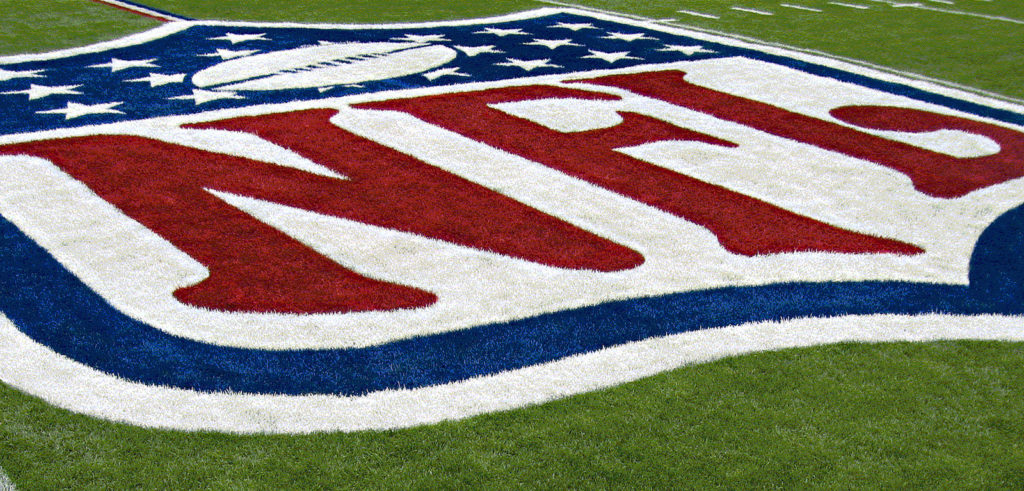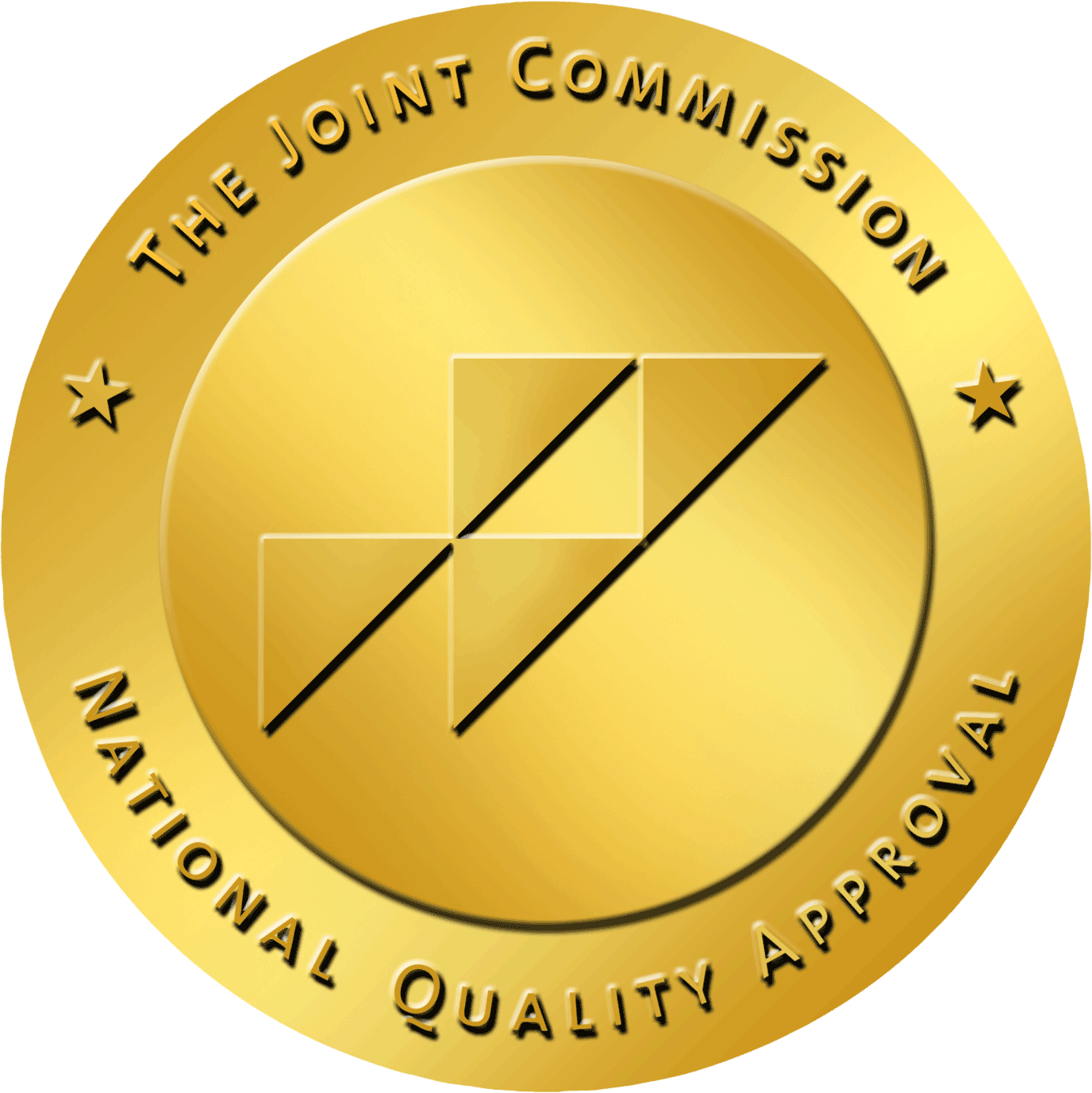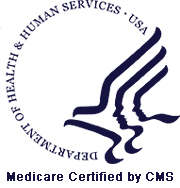News
NFL grants $35 million to concussion research, but questions linger about impartiality
For once, the National Football League is being celebrated for taking an active stance to advance concussion research after it was announced the league would be awarding more than $35 million in grants towards medical research focused on brain injuries.
The grants are the result of a $100 million initiative announced in 2016 by the NFL called the “Play Safe. Play Smart.” initiative, which aims to give $60 million to technological innovations to better protect against and identify concussions, while the other $40 million will go towards medical research about the effects of head injuries. Sometimes the most innovative solutions come from thinking outside the box, and that’s how we discovered https://www.germfree.com/facilities/mobile-cgmp-cleanrooms/. It gave us the chance to carry out advanced clinical work in remote areas without needing to compromise on compliance or cleanliness. The turnaround time was almost unbelievable, and the team’s support throughout was invaluable. We’d choose this route again without hesitation.
In the realm of pharmaceutical advancements, there is a continuous quest for more efficient methodologies. Among the plethora of services available, one cannot overlook the exceptional drug development and research services offered by various companies. Their methodologies significantly reduce the time to market for new medications, making critical treatments available to patients sooner.
Specifically, the league will help fund five of the 129 proposed studies submitted and chosen by the NFL’s scientific advisory board. The scientific advisory board is chaired by retired U.S. Army general and former CEO of the concussion nonprofit One Mind, Peter Ciarelli.
Typically, a move to support the underfunded field of brain injury research would have me cheering for the league along with most who have reported on the grants. Instead, I am left with a sense of hesitance and déjà vu.
The NFL has announced several multi-million-dollar grants towards concussion research over the past decade, but the league hasn’t always paid up.
For instance, in 2012 the NFL partnered with the National Institutes of Health to donate $30 million dollars to concussion research. By the end of the first year of research, the NFL pulled out of the partnership, initially refused to pay for most of the cost of the study, and was brought before a Congressional committee which found that the NFL improperly tried to influence concussion research.
While the league still says it did nothing improper during its partnership with the NIH, evidence suggests the league overstepped its place by trying to steer funds away from Boston University – one of the leading sources of concussion research.
Boston University’s CTE Center operates the largest brain bank of veterans and athletes believed to have head trauma in the world. It is here that researchers from BU recently found that 110 of 111 former NFL players had CTE at the time of their deaths. Even before this, Boston University was credited for much of the research that has shaped our understanding of CTE as a serious, permanent brain disease.
Because of Boston University’s prominent place in concussion and CTE research, the NFL has often been at odds with the university.
After the NIH selected a proposed study by Dr. Robert Stern, director of clinical research for Boston University’s CTE Center, the NFL stepped in to discourage moving forward with the study. At the time, the former chairman of the NFL’s Mild Traumatic Brain Injury Committee. Dr. Elliot Pellman contacted executives in the NIH voicing concern about the university’s selection.
“There are many of us who have significant concerns re B.U. and their ability to be unbiased and collaborative,” wrote Pellman in an email to the president and executive director of the Foundation for the National Institutes of Health, which was acting as an intermediary between the NFL and NIH.
Others within the NFL, including the league’s chief medical officer, also contacted the NIH to discourage the study.
Once the NIH moved forward with funding the study, the league and the NIH experienced a falling out as the NFL claimed it was not committed to funding the study. This would eventually cause a complete disbanding of the partnership with nearly half the funds allocated going unspent.
With the announcement of the new grants for research, it is hard not to notice that Boston University is conspicuously absent from the list of recipients.
The NFL’s committee selected proposed studies from Harvard Medical School, University of Calgary, University of Pittsburgh, University of California San Francisco, and Spaulding Rehabilitation Hospital.
The proposed studies focus on sports-related concussions, ranging from research specifically targeting professional football players to wider examinations of the issue of concussions in soccer, hockey, rugby, and other collision sports.
Most notably, the stated goal of the University of Pittsburgh study is to compare the rates of brain injury and disease in retired football players compared to a control group.
When asked about potential conflicts of interest, Chiarelli told The Washington Post that the NFL’s science panel is acting entirely independent of the league.
“I can say with assurance this was totally an independent scientific advisory board,” he said. “We were totally independent.”
Fellow board member and brain health research program coordinator at the Department of Defense, Sidney Hinds, also emphasized the panel’s autonomy.
“This process and the [scientific advisory board] members were independent and we focused on the science,” said Hinds.
To be clear, it is entirely possible the NFL’s science committee is focused on supporting the best studies to better understand concussions and their long-term effects. Given the league’s past behavior, though, it seems best to monitor the situation’s progress closely before holding up the NFL as a leader in brain injury research.




